Elections have consequences. And, one of them may be the elimination of the federal electric vehicle tax credit of $7,500 per vehicle. It could be argued the credit is nothing but a give-away to relatively wealthy car buyers, but it has also been instrumental in kick-starting the EV market.
Edmunds analysts took a deep look at the segment to determine what could happen under President Donald Trump.
One Million EVs
In 2011, President Barack Obama predicted there would be one million electric vehicles on the road by 2015. He was a little off as there are about 550,000 so far. In fact, pure electric vehicles (EV) plus plug-in electric vehicles (PHEV) only account for about one percent of all new car sales. However, the capability of electric vehicles is rapidly changing, making them viable for a wider audience.
When the GM EV1, an absolutely world class EV in its day, debuted in the 1990s, it could go about 65 miles per charge – or considerably less with the air-conditioner running. Twenty years later, a Tesla Model S ($87,750 base price) travels up to 350 miles per charge. The new Chevrolet Bolt EV can travel 238 miles between plugs. Tesla’s upcoming Model 3 is expected to achieve that or better. Still, you will spend at least $30,000 to buy one of the new models – hard to swallow given fuel prices and the affordability of larger vehicles.
“With gas prices at a relative low and the popularity of SUVs and trucks hitting all-time highs, the EV market is at a crossroads,” said Jessica Caldwell, executive director of industry analysis for Edmunds. “While the high-end EV market most likely has the ability to hold steady, our analysis shows that the average car shopper still needs a significant financial incentive to choose an electric vehicle over a traditional counterpart.”
Driving Without Incentives
Make no mistake; automakers baked the federal tax credit into their product strategies. It’s why drivers can buy a Chrysler Pacifica Hybrid, which goes 30 miles on electricity before the gas engine fires up, for about the same money as a non-hybrid Honda Odyssey or Toyota Sienna. That credit is also why you see the new Chevy Bolt priced at $37,495 ($29,995 after incentive).
If you want to see how eliminating tax incentives plays out, consider what happened when Georgia eliminated its state EV incentive. Edmunds points out that EV sales spiked while the incentive was in place, but cars like the Nissan Leaf and Tesla Model S dipped significantly after the incentive was discontinued. Wealthier buyers are less sensitive to the incentive, but only about 40 percent of EV buyers in Georgia make over $150,000, compared to 16 percent of all car buyers.
Eliminating tax incentives greatly affects lease payments. For example, the payment on a Nissan Leaf was $132 with the incentive, but rose to $290 when the incentive expired. Georgians went from buying 17 percent of all EVs in the U.S. to just two percent. Lending credence to the idea wealthy drivers will continue to buy EVs, the Tesla Model S bounced back while the Nissan Leaf did not.
“It will take a significant rise in gas prices or stricter government mandates to drive sales of EVs at a high volume,” Caldwell said. “People who want a car that makes their lives easier, and given the infrastructure challenges and battery limitations, right now EVs don’t do that. The majority of consumers are still looking for the best price on a vehicle that meets their needs, and until EVs can be used as seamlessly as their traditional engine counterparts, mass adoption will continue to be a challenge without some kind of financial incentive.”
Electric vehicles are clearly selling in larger numbers, though. Americans acquired just 17,425 of them in 2011. During 2016, 136,295 found homes stateside. Even if prices climb, there will be a segment of the population that appreciates the joy of instant torque, silent cruising, and the ability to “refuel” at home. Whether they would continue to buy them without incentives is an entirely different question. We may soon find out.
Storm Forward!
Send Casey comments at AutoCasey@aol.com; follow him on YouTube: @AutoCasey.
 DONATE
DONATE


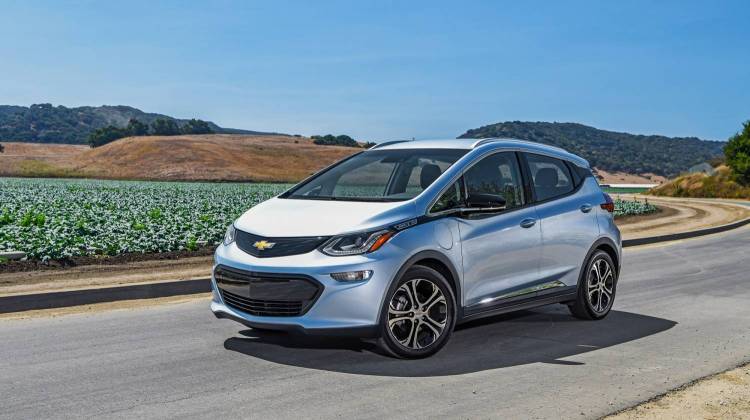



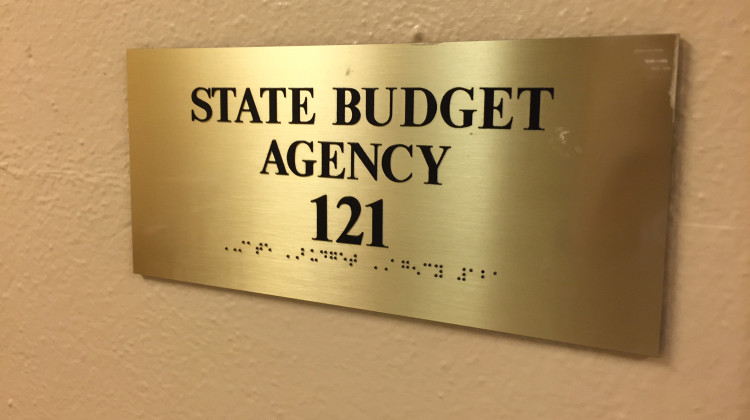



 View More Programs
View More Programs
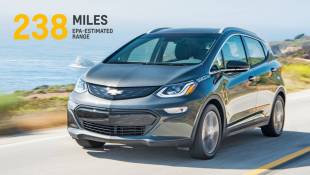
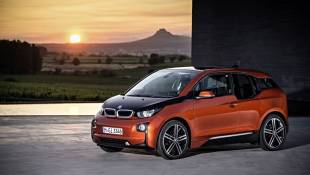
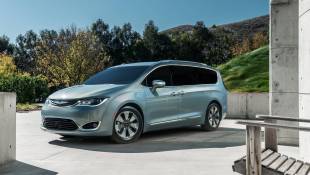
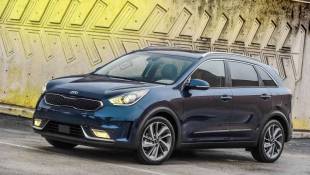

 Support WFYI. We can't do it without you.
Support WFYI. We can't do it without you.